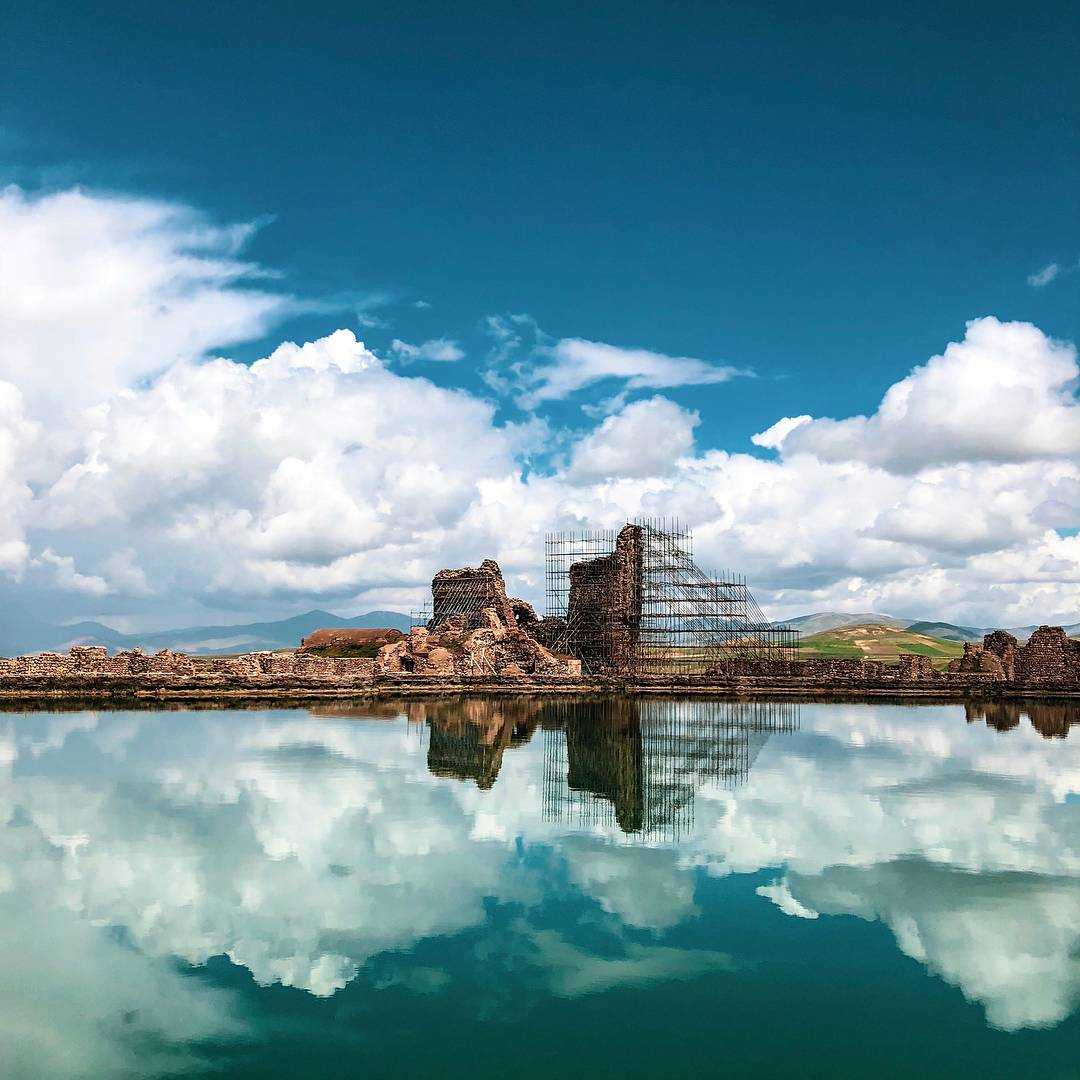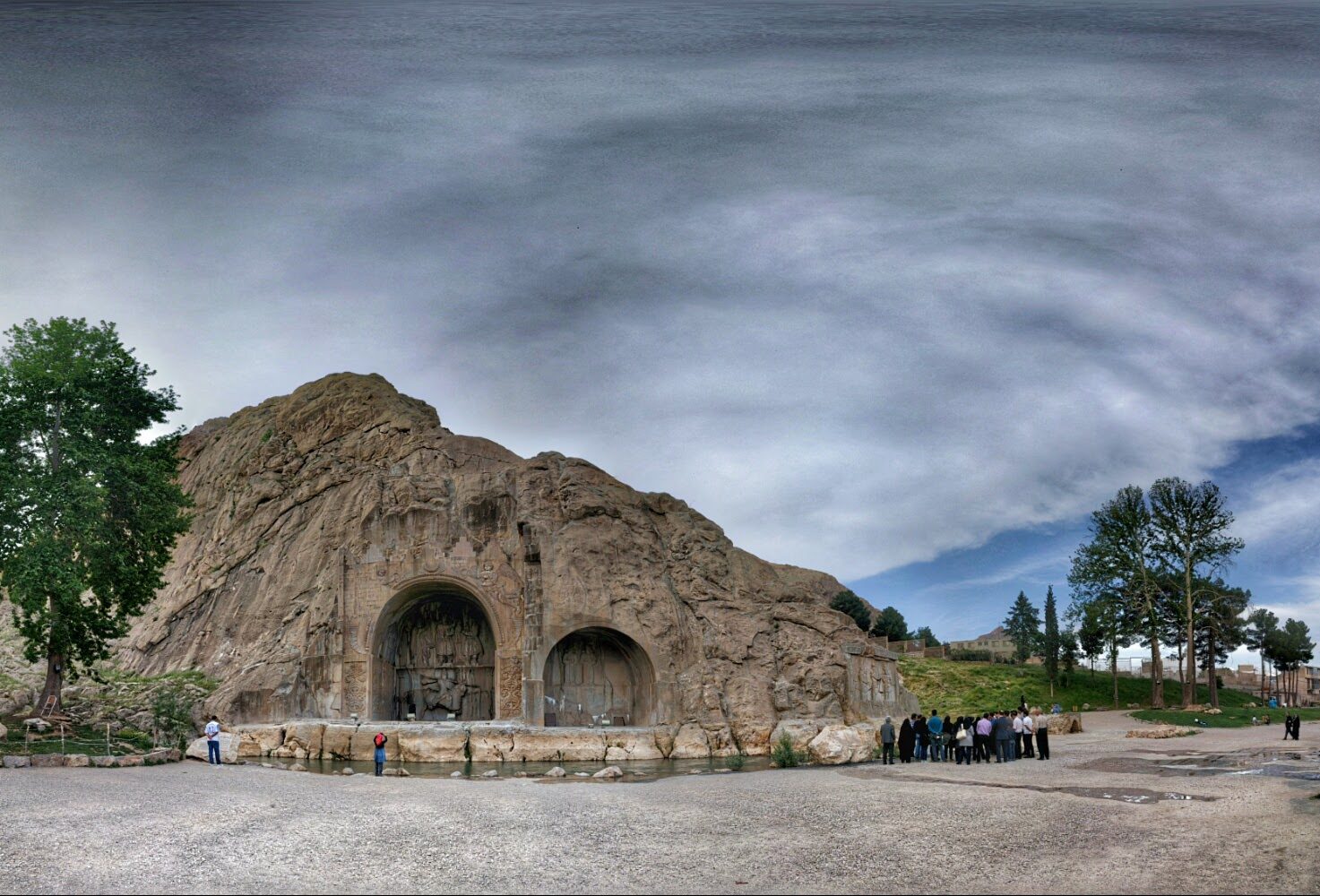Taq e Bostan, an ancient site in Iran, stands testament to the rich cultural heritage of the Sassanian Empire. This site features magnificent rock reliefs from the era of King Khosrow II. Visitors marvel at the grandiose depiction of royalty, divinity, and nobility. The carvings also showcase the fusion of art and spirituality of the time. Taq e Bostan translates to ‘Arch made by stone’, reflecting its iconic arches that frame the historical scenes etched into the limestone.
Sasanian Empire
The Sasanian Empire, thriving from 224 to 651 CE, was the last imperial dynasty to rule Persia before the rise of Islam. Founded by Ardashir I, the empire replaced the Parthian Empire and became a dominant power in the Middle East. At its height, the Sasanian Empire’s reach extended from the Indus Valley in the east to the Eastern Roman Empire’s frontiers in the west. With its capital in Ctesiphon, near modern-day Baghdad, the empire became a center of culture, learning, and trade. Under Sasanian rule, Persian art and architecture flourished. The empire’s legacy can be observed in its grand palaces and fire temples, which fostered the spread of Zoroastrianism.
As a major rival of the Eastern Roman Empire, the Sasanian Empire engaged in many conflicts that shaped the geopolitical landscape of the region. They are remembered for their intricate governance system and the introduction of many bureaucratic reforms. The empire played a significant role in shaping the economic and cultural life of its time. The Great Royal Road, an ancient highway that traversed the empire’s territory, was essential for commerce and communication. The Sasanians were also notable for their advancements in science and technology. The Sasanian Empire’s contributions to art, culture, and statecraft left an enduring legacy. It influenced subsequent civilizations in the region and helped shape the course of history in the Islamic Golden Age following the empire’s fall.

Takht-e Soleyman
Located in the West Azerbaijan province of Iran, Takht-e Soleyman, also known as the Throne of Solomon, is a captivating historical site that has been a cradle of various civilizations. This UNESCO World Heritage site is a testament to the architectural prowess and cultural richness of the ancient Persians and offers a fascinating glimpse into the past.

